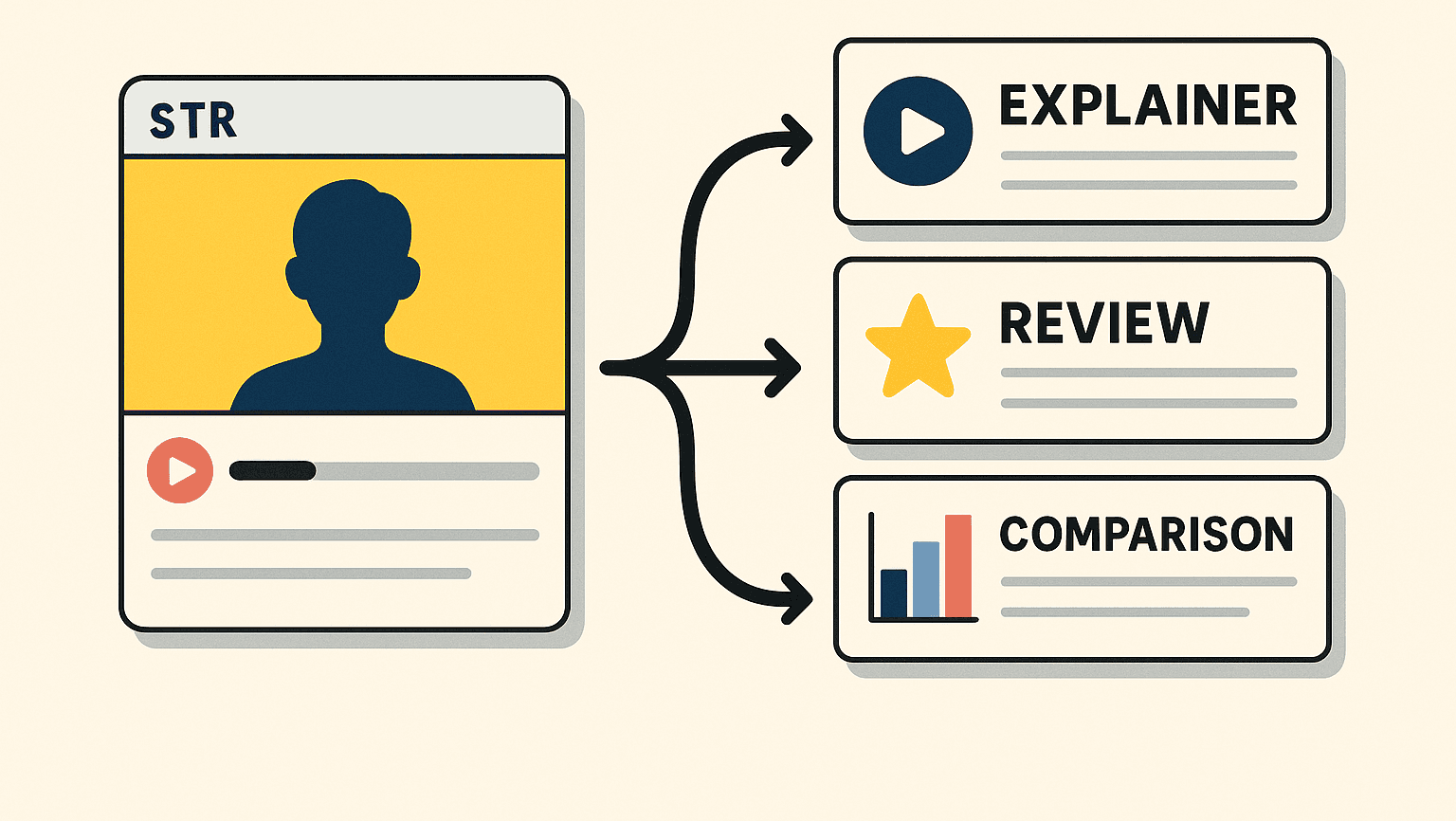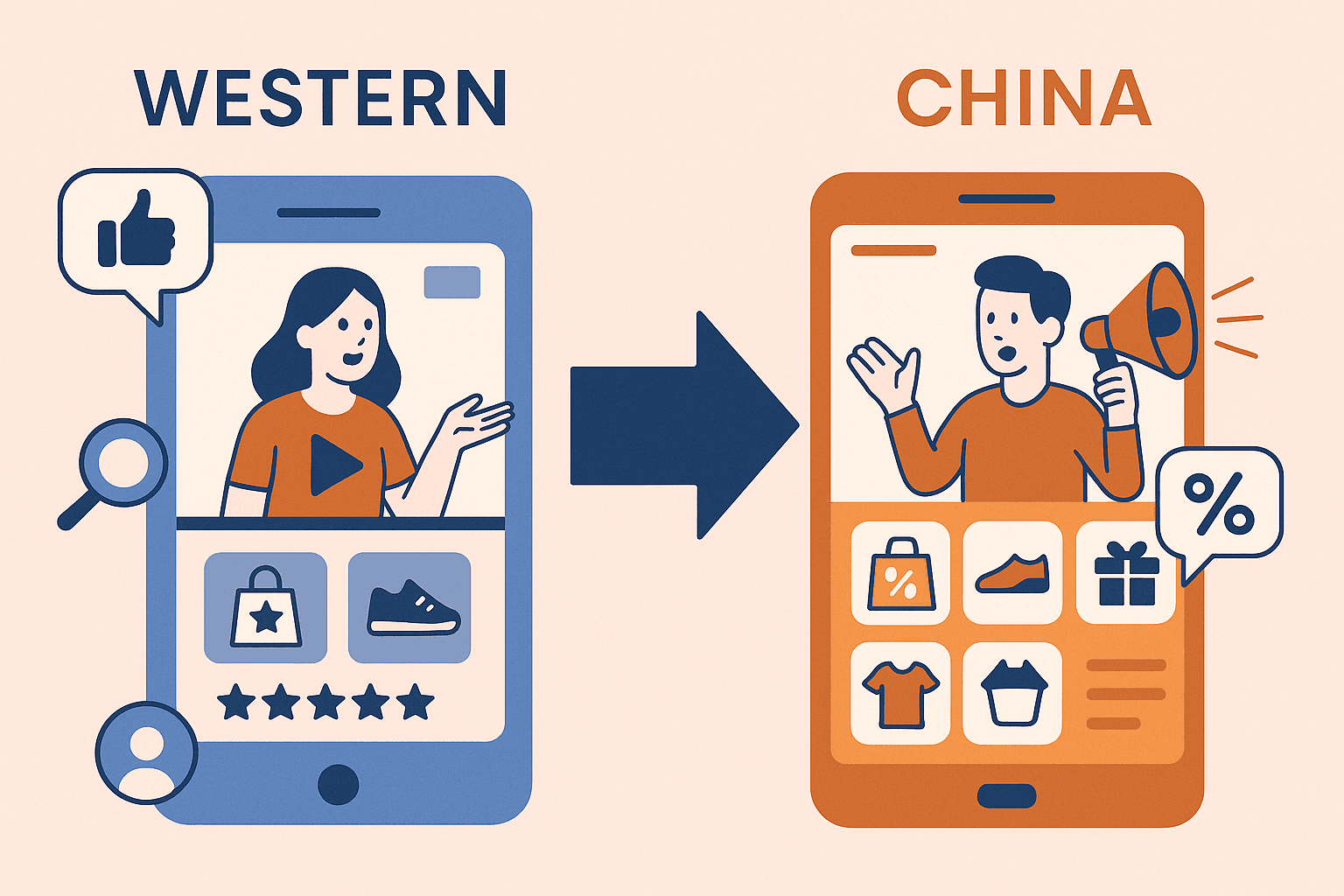Stop the Discount Spiral: Win with Volume-Led Growth

TL;DR
- Price sensitivity is real—but value beats blanket discounts. Clear value signals and right-sized packs outperform across-the-board cuts.
- Shape demand with pack/price architecture. Offer ladders that encourage trade-up or protect entry pricing.
- Aim promos at switching moments. Target promos where they drive incremental volume, not subsidy.
Why This Matters Now
The world’s consumers are in their “math era.”
After years of price volatility, shoppers now evaluate every purchase like a spreadsheet in human form: “Is this worth it… right now?”
That doesn’t mean people only want cheap things—it means they want clear value logic.
And that’s the sweet spot of volume-led growth: growing units without racing to the bottom on price.
This isn’t about discounting harder—it’s about designing better ladders.
The right product tiers, price anchors, and promotional timing can nudge people up, not just lure them in.
(Related read: Pricing Without Panic: Pack & Promo Plays for Volume-Led Growth)
The Discount Spiral (and How to Escape It)
Let’s be honest: price wars feel exciting in the short run.
Traffic spikes, dashboards light up, someone in finance briefly smiles.
Then, a few months later, you realize:
- The same people bought—just cheaper.
- The promo junkies are gone again.
- Your margins are thinner than your patience.
That’s the discount spiral: when your promotional muscle memory replaces actual strategy.
Volume-led growth flips that logic.
Instead of saying “let’s cut price until they buy,” it says:
“let’s design value until they stay.”
Step 1: Redefine Value Before You Redefine Price
The key shift is from “how much does it cost?” to “what does it feel worth?”
Value ≠ Price
Price is a number; value is a narrative.
It’s made of signals: guarantees, design quality, reviews, packaging, and how clearly you communicate all that.
A $12 shampoo can outsell a $7 one if it feels twice as trustworthy—because the real currency is confidence.
Try this:
- Run a “value audit.” Line up your products and identify what justifies the price to the customer.
- Strengthen those cues before you touch the numbers.
Discounts should reward behavior (switching, loyalty, exploration)—not desperation.
Step 2: Use Pack Architecture to Shape Demand
Smart pack and price architecture turns your lineup into a decision-shaping machine.
You’re not just offering choices—you’re guiding trade-offs.
Picture three tiers:
- Entry Pack: Keeps the brand accessible and defends share.
- Core Pack: Optimized for margin and frequency.
- Hero Pack: Drives trade-up and pride of ownership (“the fancy one”).
Consumers mentally anchor around your middle offer, so design that anchor deliberately.
If your middle looks weak, your top won’t feel premium—and your bottom will feel cheap.
A well-built ladder does half your marketing for you.
Step 3: Aim Promotions at Switching Moments
Not all discounts are bad—just most of them.
Promos that trigger new behavior drive growth. Promos that subsidize old behavior drain budgets.
High-ROI promo triggers include:
- Competitor launches (time your value story right after).
- Seasonal switching points (back-to-school, travel, refresh).
- New-to-category shoppers testing you for the first time.
Avoid “everyone gets 20% off.” That’s charity, not strategy.
Pro tip: Add small “proof moments” to targeted promos—samples, bonus trials, or unlockable perks.
You’ll spend less on discount depth and more on habit formation.
Step 4: Build Mix Discipline Into Measurement
When you measure success by ROAS, you’re grading ads, not outcomes.
Volume-led growth needs a new scoreboard:
| Metric | Why It Matters | | ------- | --------------- | | Incremental units sold | Real behavior change, not cannibalization | | Mix lift | Are more buyers trading up? | | Promo ROI by audience | Separates conversion from subsidy | | Net revenue per household | Balances volume with value |
If your promo report doesn’t include those, you’re flying blind—fast.
(Related read: Prove What Really Works: Experiments Now, MMM Over Time)
What to Do This Month
- [ ] Audit pack/price ladder. Fill the gaps at entry and hero tiers; make sure each SKU has a reason to exist.
- [ ] Ring-fence promo budgets. Allocate by switching opportunity, not blanket volume.
- [ ] Run lift tests. If a promo doesn’t create incremental units, retire it with honor.
- [ ] Track both unit and mix growth. More boxes sold isn’t success if they’re all your cheapest pack.
Evidence & Caveats
BCG and Bain both highlight that companies leading in volume-led growth outperform peers on both revenue and margin stability.
The shared traits:
- Distinct pack roles
- Targeted promos
- A clear “why pay more” story
The caveat? It takes patience. You can’t rebuild trust overnight if your brand’s trained customers to wait for a sale.
Commit to a year of consistency—your margin and sanity will thank you.
FAQs & Objections
Is this just “everyday low price”?
No. EDLP is about consistency; volume-led growth is about design.
You still use promos—but with surgical precision.
Can premium brands use this?
Absolutely. Volume-led doesn’t mean bargain. It means removing friction so more people can justify joining your brand story.
What if my market is already down-trading?
That’s exactly when this works. By shaping entry packs and value signals, you keep customers in the franchise instead of losing them entirely.
Won’t competitors just copy our structure?
They might—but they can’t copy your story.
The architecture is math; the meaning is yours.
Key Takeaway: Design the Ladder, Don’t Climb It Blindly
Growth isn’t about cutting deeper—it’s about building smarter.
Price cuts feel fast. Pack design feels slow. But one builds dependency; the other builds durability.
If you can reframe price as a storytelling tool, not a lever, you’ll outlast the brands still stuck in promo purgatory.
In short:
Sell value.
Shape demand.
Spend where it actually changes behavior.
Because no one ever won the market by being the cheapest therapist in town.
Read similar content
Similar topics

Speed Is a Feature: Site, Support, and Delivery That Convert
Operational speed—page loads, helpful support, clear delivery—now decides who wins the cart.

Loyalty That Changes Behavior (Not Just Points)
Design rewards and service advantages that make people act differently—return more, spend more, advocate more.

Creators as the New SEM: Build Searchable Trust, Not Just Impressions
When creators become media channels, brands win by making their content discoverable, trustworthy and measurable—not just viral.

Design for Stream→Search: Sequencing Content That Survives the Algorithm
Why brands need content ladders that move people from passive scrolling to active searching—and how to build sequences that compounding attention.

Beyond #Ad: Why Affiliate + Long-Term Creators Are Eating Paid Social
One-off influencer posts are dying; long-term creator relationships and affiliate engines now outperform traditional paid social.

Social Commerce Is Growing Up: What to Copy (and Not) from China
Western social platforms are finally maturing into real shopping ecosystems—but China’s playbook isn’t a template, it’s a teacher.